Colin Miskelly, Birds of Te Araroa 11 – Palmerston North to Wellington, Te Papa Blog, 17 January 2024,
Between November 2023 and March 2024, Natural History curator Colin Miskelly is walking the length of Aotearoa New Zealand on Te Araroa Trail – counting every bird seen or heard along the way. In this 12th blog in the series, Colin describes birds encountered while walking from Palmerston North to Wellington via the Tararua Range.
Tararua Ranges
The Tararua Ranges dominate the southern North Island, and provide an at times dangerous back-country route between the cities of Palmerston North and Wellington. We were fortunate to catch the ranges at their benign best. After a drizzly damp day getting to Makahika, we had superb weather on the tops. This included a glorious but long day walking from Te Matawai Hut to Waitewaewae Hut via the main range.
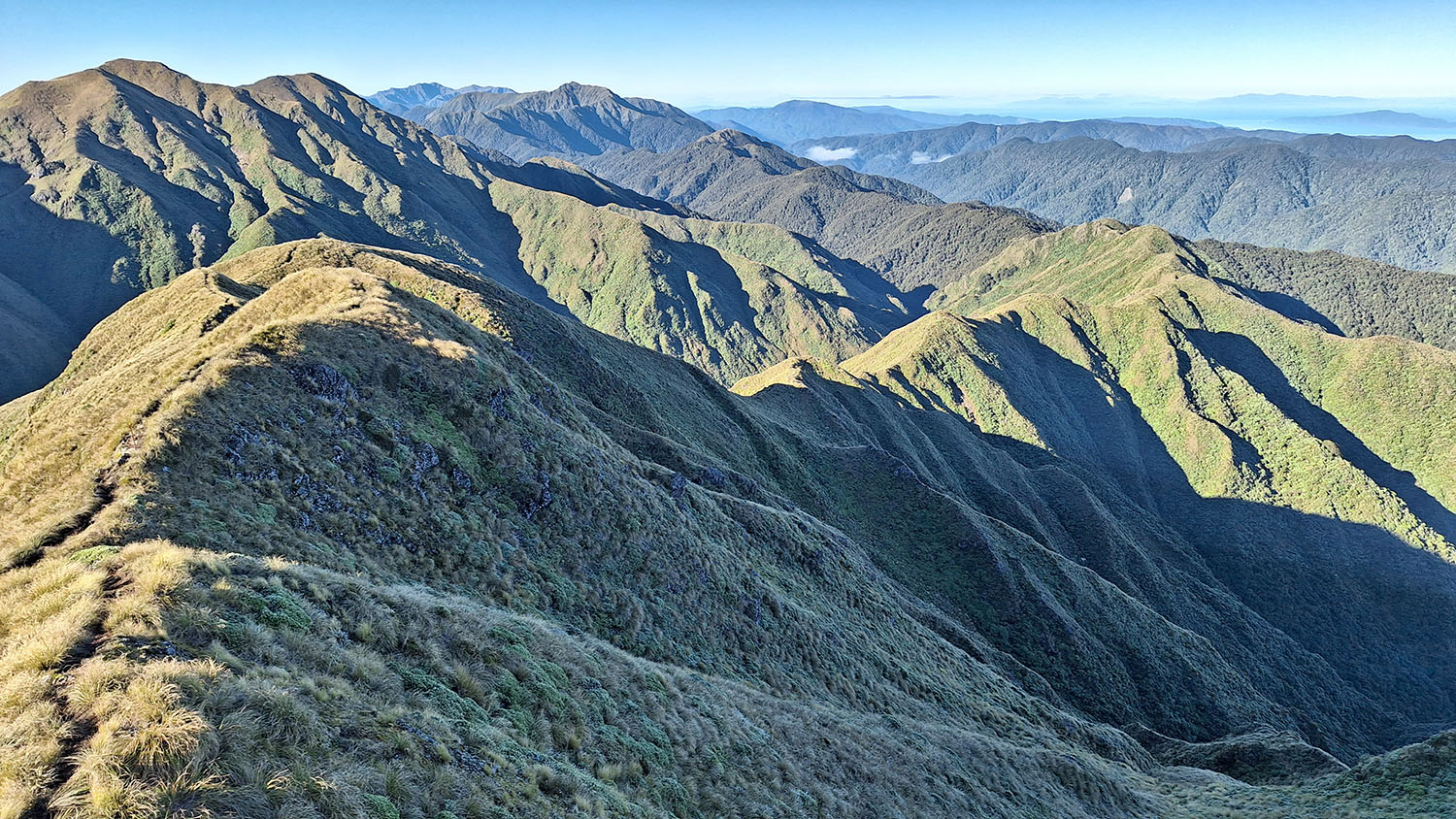
It was dusk by the time we stood on the summit surveying the maunga (mountains) and motu (islands) from the summit of Mt Crawford. Anticlockwise from the north these included Mt Ruapehu, Mt Taranaki, Takapourewa | Stephens Island, and Mt Tapuae-o-Uenuku in the inland Kaikoura Range, Te Waipounamu | South Island.
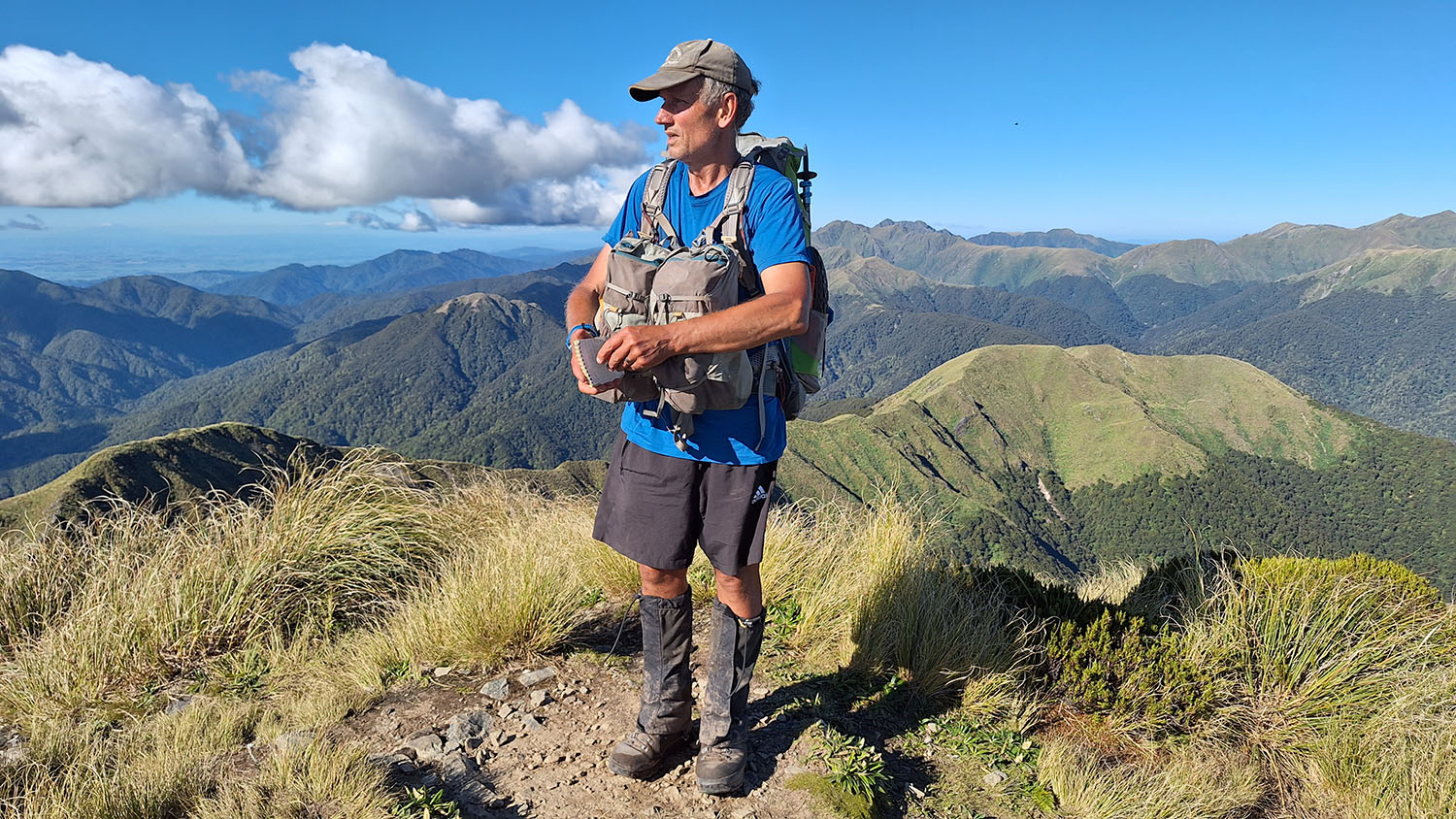
Halfway or not?
Shortly after leaving Palmerston North, we encountered an impressive sign demarking the nominal halfway point of Te Araroa. The trail changes slightly over time depending on landowner agreements and also storm damage and forest closures, and so the midpoint of Te Araroa moves over time. The sign said that it was 1500 km to both ends of the trail. My GPS wristwatch said that I had walked and surveyed 1599.9 km from Cape Reinga.
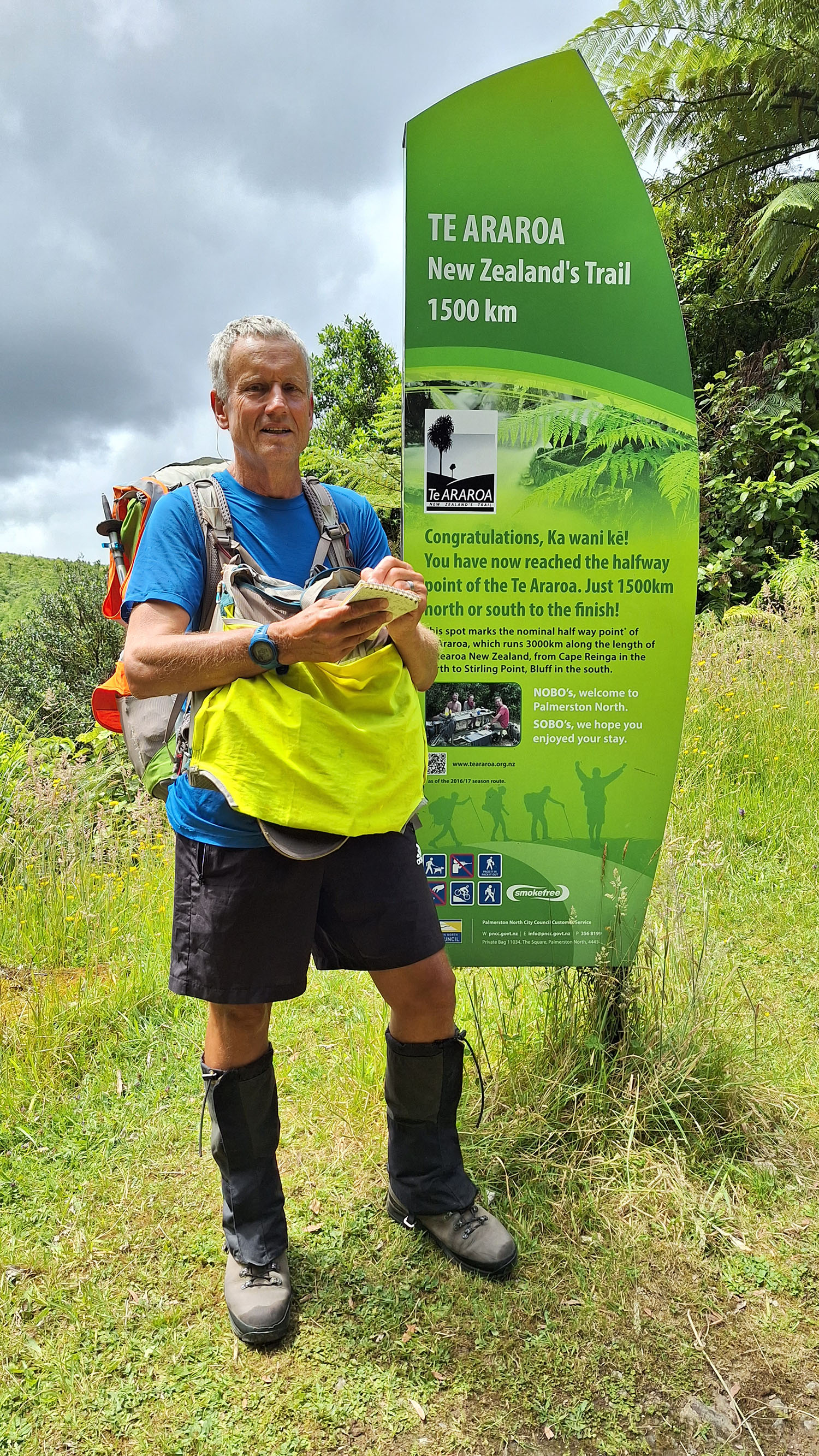
Waikanae to Wellington
Walking southbound, Te Araroa emerges from the Tararua Ranges via the Pukeatua Track. From there it is a short walk into the centre of Waikanae, and down the Waikanae River to Waikanae Estuary. The trail then follows the coast southward to Paekākāriki before following the Escarpment Track to Pukerua Bay.
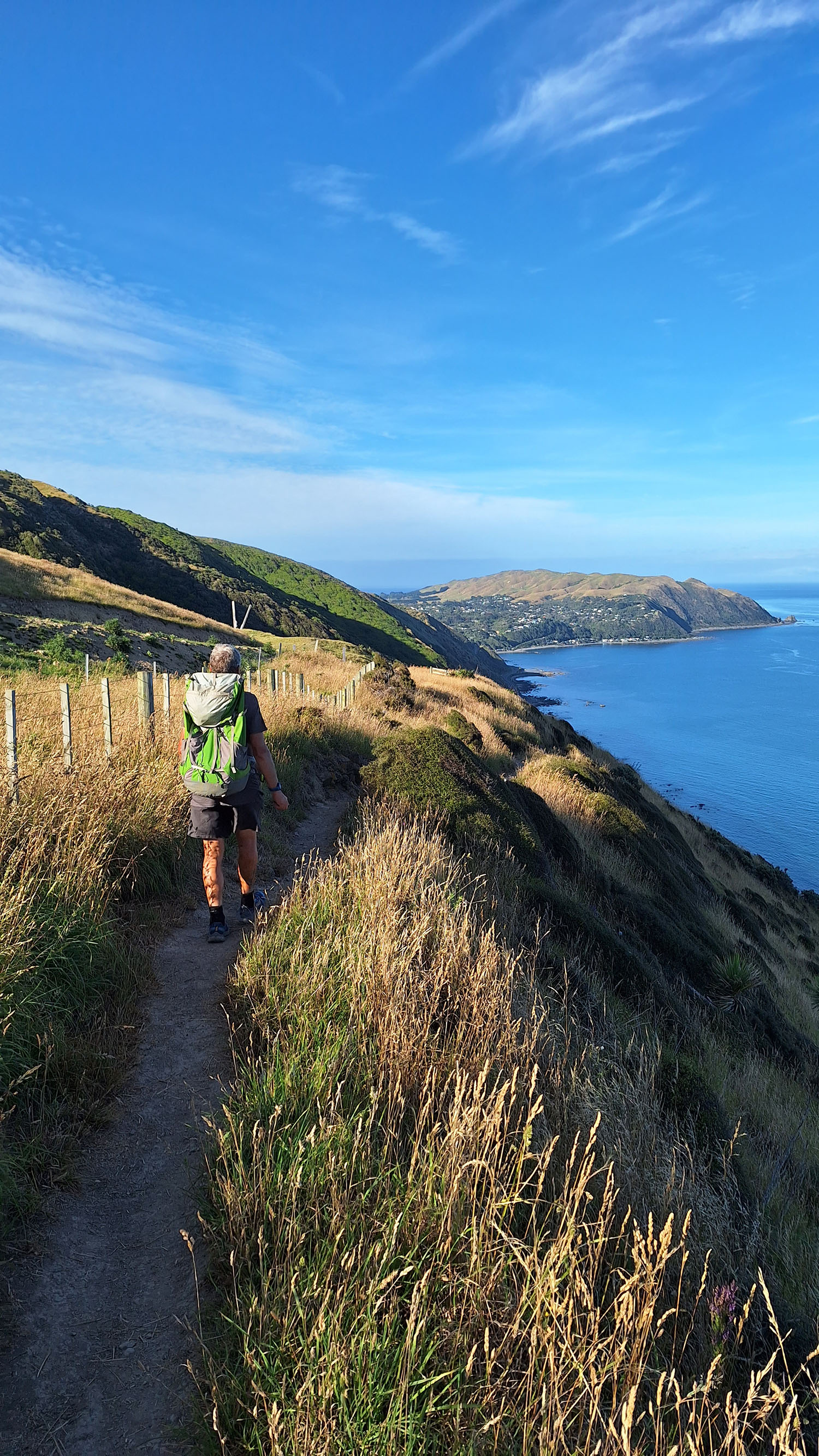
I was in familiar territory by this stage, as I had walked all the remaining sections of Te Araroa Trail to Wellington and the North Island finish at Island Bay during two years of training walks.
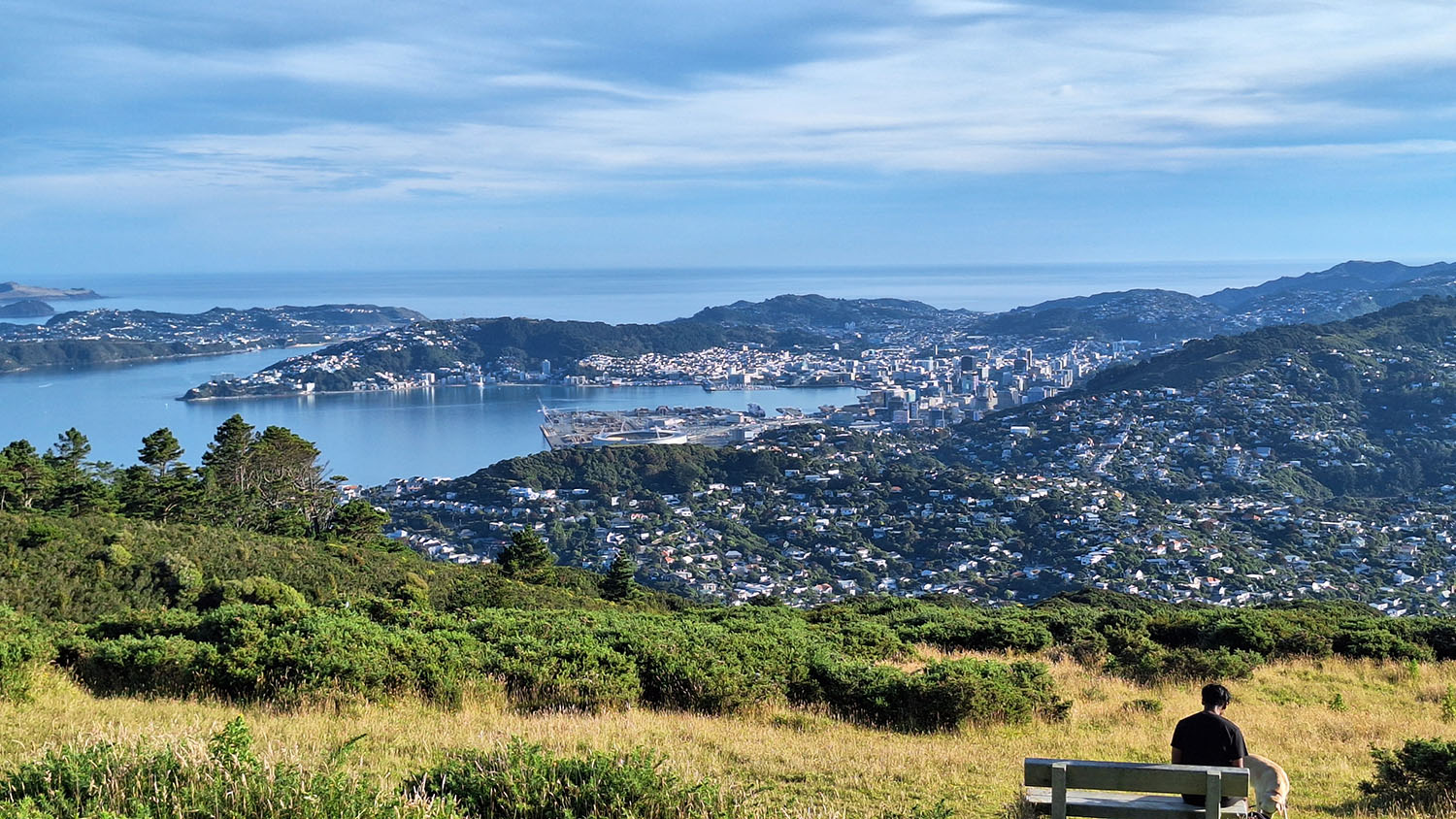

Birds of the Tararua Ranges
I have long puzzled over why the Tararua Ranges have so few bird species. There is a suite of endemic birds that disappeared from the Tararuas more than a century ago, yet persist in the mountains and forests of the central North Island – including kiwi, whio | blue duck, North Island kokako | kōkako, and North Island robin | toutouwai.
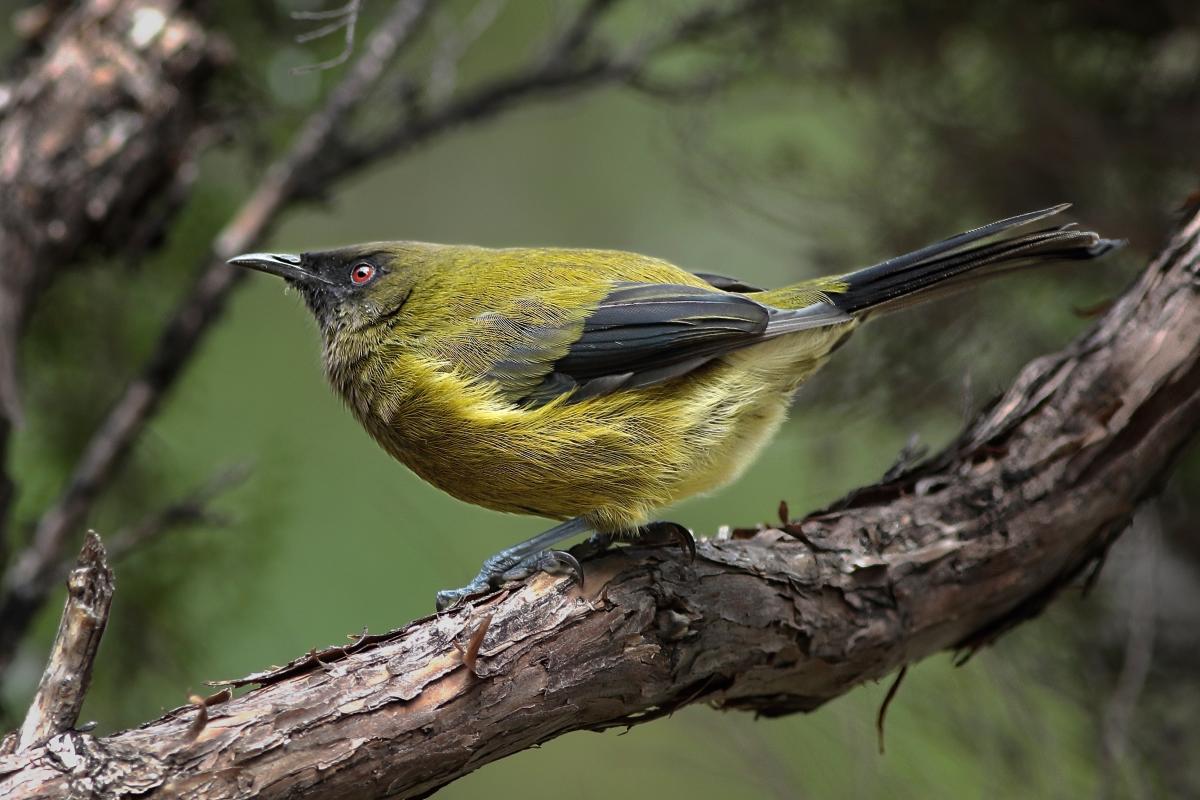
Among the endemic forest birds that remain in the Tararua Ranges, only five could be considered common. During the five days that it took us to traverse the ranges, I counted 223 bellbirds | korimako, 197 New Zealand fantails | pīwakawaka, 173 whiteheads | pōpokotea, 164 tomtits | miromiro, and 136 tūī. Scarcer endemic forest birds included 89 grey warblers | riroriro, 56 kererū | New Zealand pigeon, 25 long-tailed cuckoos | koekoeā, 16 shining cuckoos | pīpīwharauroa, 5 riflemen | tītitipounamu, 2 yellow-crowned parakeets | kākāriki, and a single New Zealand falcon | kārearea.
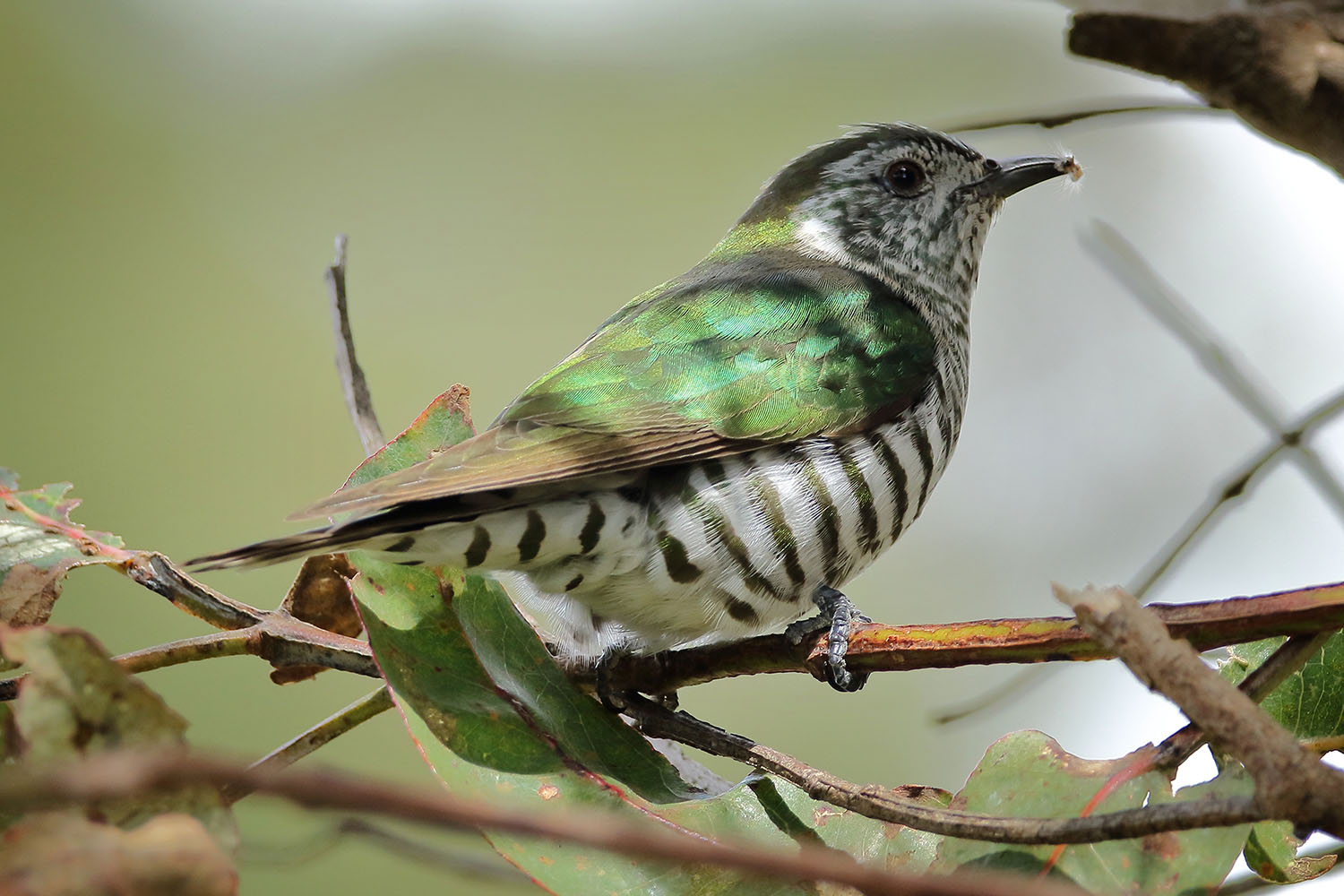
Before moving to Te Papa 14 years ago, I was involved with an ambitious project to restore the forest birds of the Tararua Ranges through sustained pest control. Aged signage at road ends still tout the goals of ‘Project Kākā’, but the funding fizzled out, the introduced predators remain unchecked, and we did not see or hear a single kākā in five days of tramping the Tararua Ranges. What a depressing contrast to Wellington city (see below).
Birds of Waikanae Estuary
Unlike most of Te Araroa, Waikanae Estuary is a true bird-watching destination. An impressively long list of rare vagrant birds has been recorded at the estuary, with the most recent being New Zealand’s first black tern in January 2022.
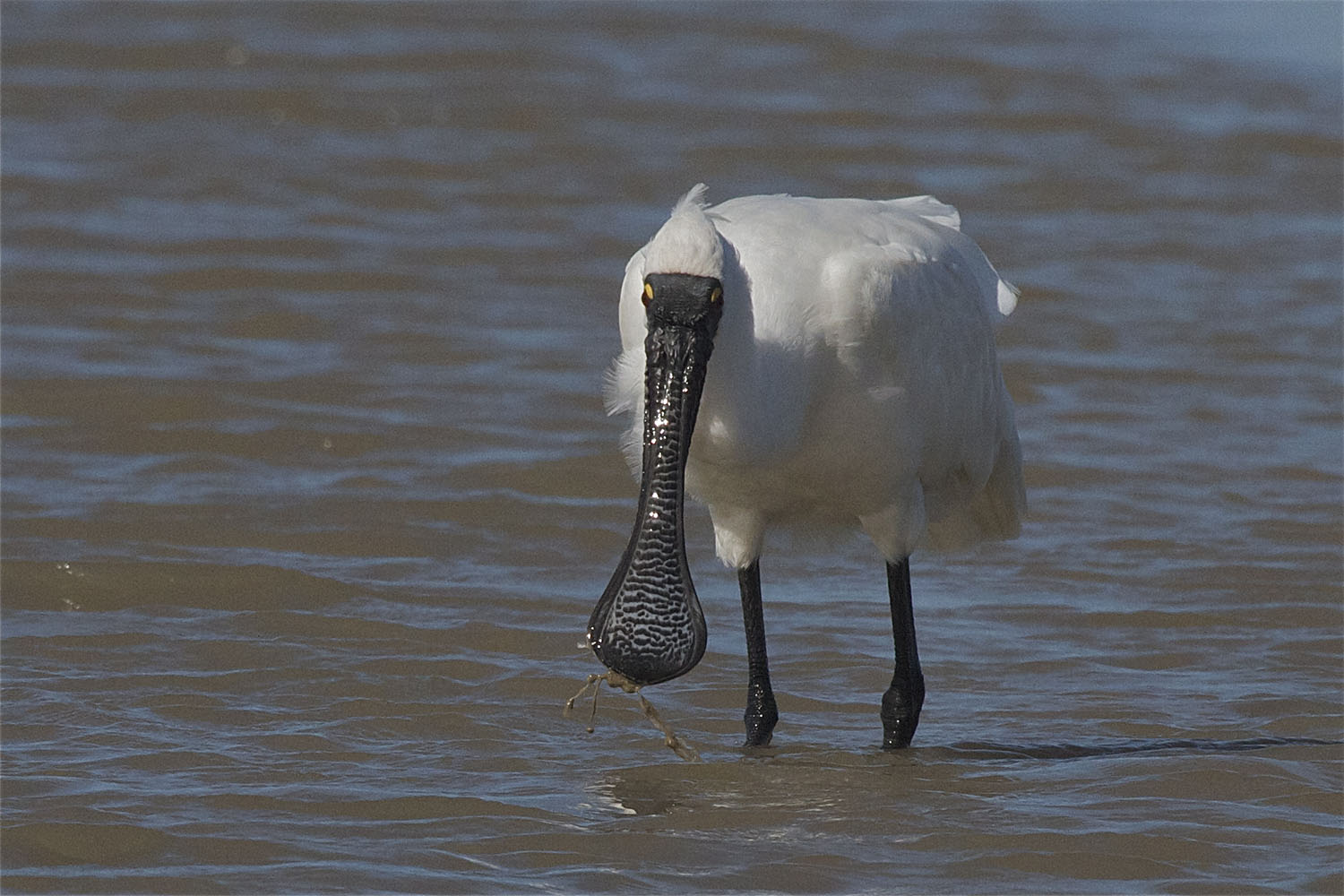
There were no great rarities on the day we walked through, but we recorded 31 species including 5 grey teal | tētē-moroiti, 25 pied stilts | poaka, 1 bar-tailed godwit | kuaka, 2 Caspian terns | taranui, 338 white-fronted terns | tara (nesting), 4 royal spoonbills | kōtuku ngutupapa, and 2 fernbirds | mātātā.
Birds of Wellington city
In contrast to the Tararua Ranges, Wellington city is a great place to observe endemic forest birds. Te Araroa showcases some of this, but currently misses a golden opportunity to show far more. Previous blogs have touched on Te Araroa Trail not being designed for birdwatchers, and the most glaring example is the trail making a hairpin turn in the Wellington Botanic Gardens, just 2 km away from the entrance to the wonderful Zealandia Ecosanctuary. By excluding introduced mammals with a cleverly designed fence, and translocating in locally-extinct bird species, Zealandia provides a glimpse of what Aotearoa’s forest bird community was like – and could be like – if introduced mammals were absent.
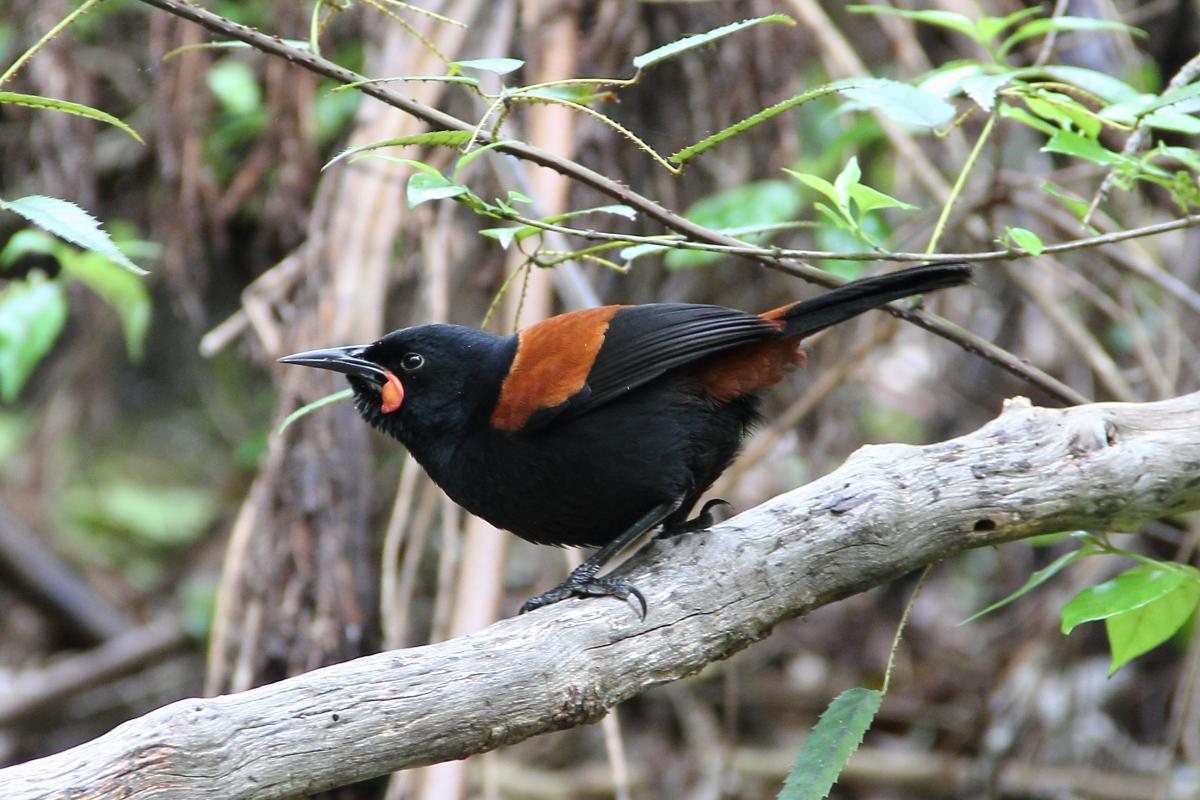
Te Araroa walkers can of course allow time to visit Zealandia. However, because the sanctuary is not (yet) part of the trail, I was unable to add little spotted kiwi | kiwi pukupuku, North Island saddleback | tīeke, or hihi | stitchbird, none of which can currently be seen or heard anywhere on Te Araroa Trail.

Zealandia also provides a source population for forest birds to spread across the city, where effective pest control in the many parks and reserves has allowed some of the hardier re-introduced species to persist ‘outside the wire’. The feature bird for this section is the kākā – a large forest-dwelling parrot from a family that is only found in New Zealand (the other family members are the much-celebrated kākāpō and kea). We did not see or hear a single kākā in the Tararua Ranges, yet counted 26 as we walked between the suburbs of Ngaio (Trellisick Park, Northern Walkway) and Melrose (Truby King Park, Southern Walkway). We also recorded 2 bellbirds | korimako and a single red-crowned parakeet | kākāriki that likely came from Zealandia – either directly, or are descendants of birds that have bred outside the fence.

It is very unlikely that we will encounter red-crowned parakeets | kākāriki elsewhere on Te Araroa Trail.
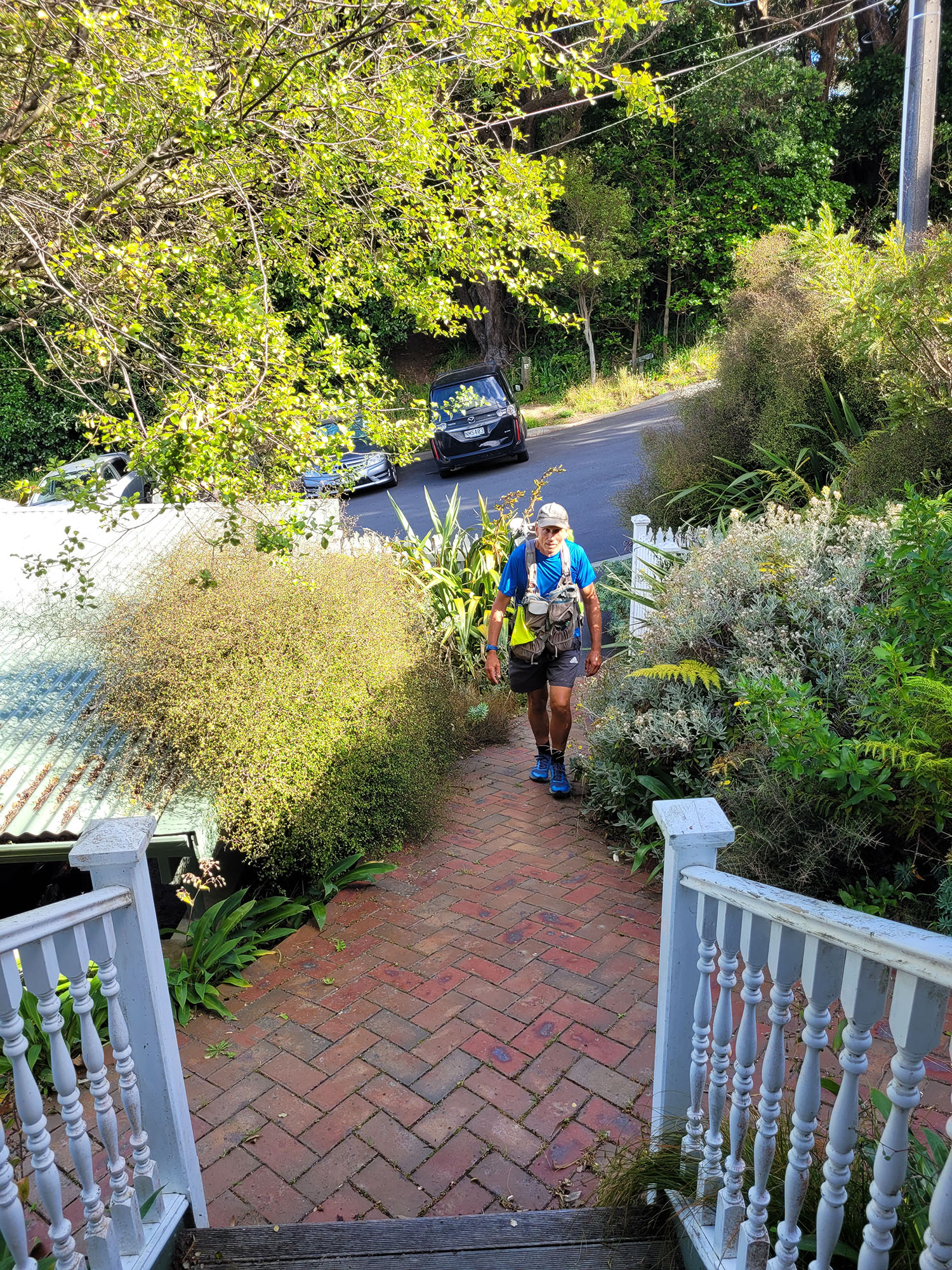
Bird species added since the previous section
Red-crowned parakeet | kākāriki.
Summary statistics for section eleven
Cumulative totals for Te Araroa sections completed are given in parentheses.
- Days on the trail = 9 (68)
- Kilometres travelled and surveyed = 259.5 (1,835.4)
- eBird/Atlas checklists completed = 137 (994)
- Number of bird species = 57 (97)
- Total birds seen or heard = 9567 (73,480)
- Most abundant species = house sparrow | tīū (1468)
- Most abundant native species = red-billed gull | tarāpunga (774)
- Most abundant endemic species = tūī (396)
- Most frequent species = Eurasian blackbird | manu pango (75.2 % of checklists), followed by chaffinch | pahirini (74.4 %)
- Most frequent endemic species = tūī (66.9 % of checklists), followed by New Zealand fantail | pīwakawaka (66.2 %)
- Endemic bird score = 54

